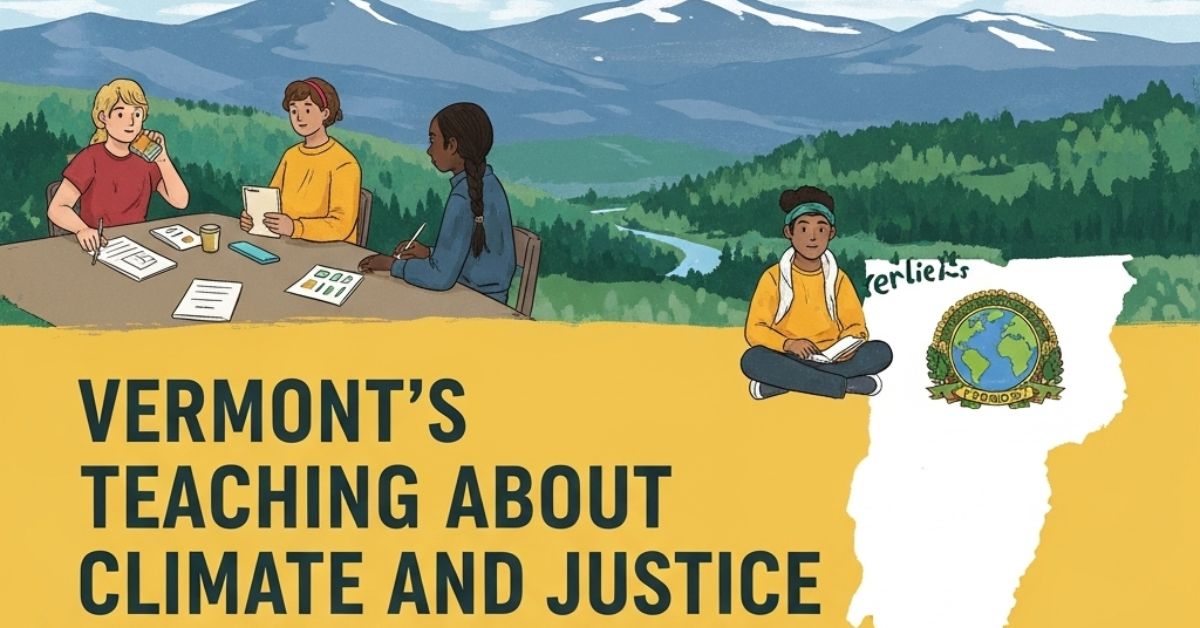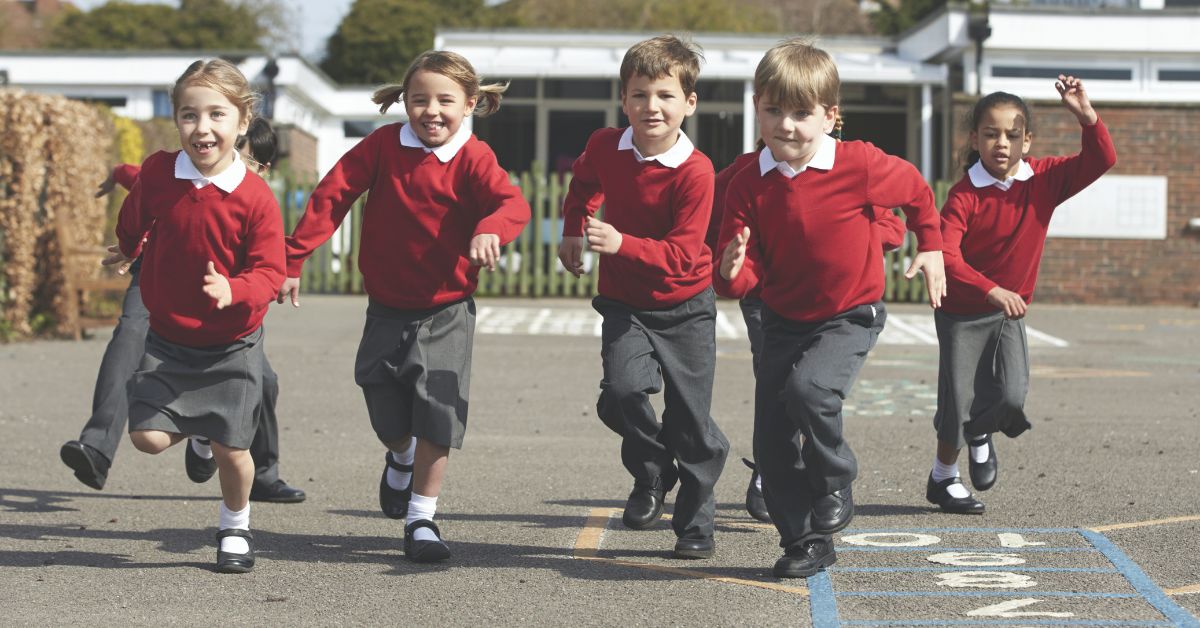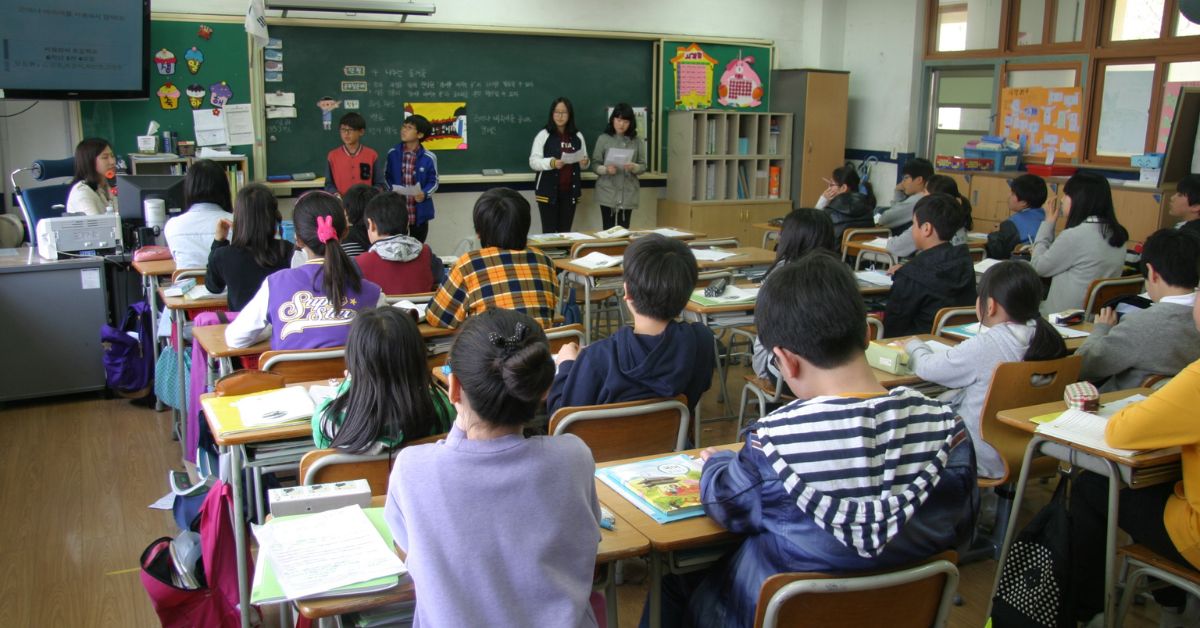In Vermont and across the country, a new generation of young people is stepping up—not just as learners, but as leaders. Whether they’re planting trees, organizing climate strikes, or speaking out for equity, today’s students are showing us what it means to care deeply and act boldly.
This movement is not just inspiring—it’s transforming schools and communities. Let’s explore how students are becoming powerful voices for climate action and social justice, and how educators in Vermont are helping them lead.
Why Students Are Leading the Charge
Let’s face it: the world students are growing up in today is full of big, urgent challenges—climate change, racial injustice, economic inequality, and mental health struggles, to name a few.
Many young people feel the weight of these problems. But rather than turning away, they’re asking hard questions:
- “Why isn’t more being done?”
- “What can we do to help?”
- “What kind of future do we want?”
And they’re not waiting for permission—they’re organizing protests, creating solutions, and demanding change now.
Climate Action Starts at School
Vermont schools are becoming powerful launchpads for climate leadership. From elementary to high school, students are learning not just about the climate crisis—but how to take action.
Here are a few inspiring examples:
- Student Green Teams in schools across Vermont lead composting programs, reduce waste, and push for clean energy on campuses.
- Some students have testified before local governments about the importance of climate-friendly policies.
- In partnership with local farms and nonprofits, students are helping design sustainable food systems—and learning real-world skills in the process.
By connecting classroom learning to the environment around them, students see that their actions matter. They become climate citizens, not just climate learners.
Social Justice in the Hands of Youth
Climate and justice are deeply connected. Students understand that environmental harm often hits marginalized communities hardest. That’s why many youth activists are also standing up for racial and social equity.
In Vermont, young people are:
- Creating racial justice clubs that hold workshops and community conversations.
- Revising school policies to make them more inclusive and anti-racist.
- Advocating for gender equity, mental health awareness, and LGBTQ+ inclusion.
They’re not just talking about fairness—they’re building it.
Learning by Doing
A big part of this leadership movement comes from a different kind of learning. Rather than just memorizing facts, students are engaging in real-world, hands-on projects that connect to the issues they care about.
This kind of learning is sometimes called:
- Project-based learning
- Experiential learning
- Place-based education
And here’s the key: students are treated not just as learners, but as problem-solvers.
For example:
- At one Vermont high school, students created a proposal for a solar energy project on school grounds—and presented it to the school board.
- Middle schoolers worked on a local clean water campaign, interviewing scientists and creating public service videos.
- Others helped build tiny homes for unhoused neighbors, learning construction skills and compassion at the same time.
These aren’t “extra” activities—they’re the heart of a new kind of education.
Mentorship and Adult Allies Matter
Here’s something important: students can lead, but they can’t do it alone. They need trusted adults—teachers, parents, and community members—who believe in them, support them, and help them grow.
In Vermont, educators are shifting from being “experts” at the front of the classroom to co-learners and mentors. They’re helping students ask bold questions, connect with local leaders, and develop the confidence to take action.
In short: they’re creating space for student voice and agency.
Why This Is So Powerful
When students lead, something incredible happens:
- They feel a sense of purpose.
- They build courage and resilience.
- They see that their ideas can make a difference.
And that’s not just good for the students. It’s good for all of us.
Because the truth is, we need the next generation to be strong, ethical, and engaged citizens. Vermont’s schools are helping build that future—one student leader at a time.
The Future Is Youth-Led
In towns big and small, on snowy mountaintops and bustling schoolyards, Vermont students are imagining something better. Not just better test scores—but a better world.
They’re growing food, leading workshops, making art, and marching in the streets. They’re listening to each other, challenging injustice, and creating new solutions. They’re dreaming and doing.
And most importantly—they’re showing us that young people aren’t just the leaders of tomorrow. They’re already leading today.








